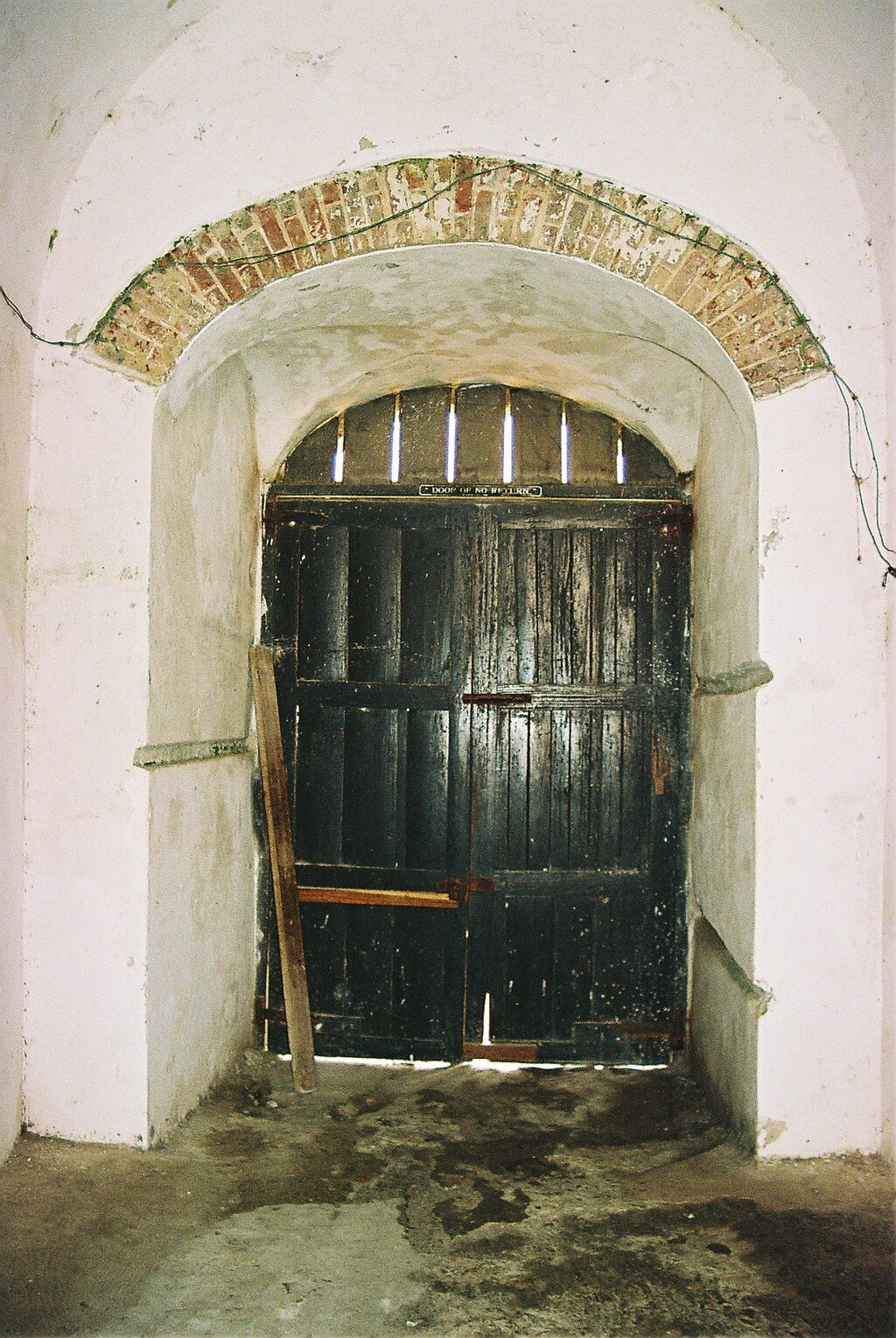
Door of no Return (c) Remo Kurka photography
But here’s the deeper truth:
Not all locals were complicit. Many people in coastal communities were themselves enslaved, especially in inter-tribal wars or through betrayal and debt slavery.
The trade was complex and coercive. While some local elites gained wealth and power, many were caught in a system created and fueled by European demand and violence.
The European forts could not function without local cooperation, but they were also sites of exploitation, including of local workers.
The “Irony” Is Also an Opportunity
Rather than being a contradiction, this situation reveals:
How deep and tangled the legacy of slavery truly is
That both victimhood and complicity existed on African soil
That the descendants of both sides now have a chance to meet, acknowledge the past, and heal together
This is not about blame, but about honesty.
It’s about reclaiming narratives, restoring memory, and repairing relationships — across oceans and centuries.
Final Reflection:
The fact that Ghana — particularly its former slave-trading coasts — is now the global center for African diaspora reconnection is not just ironic.
It is symbolic.
It’s a circle coming full, an opportunity for shared reckoning, and a powerful gesture toward redemption.